The worst named cactus?
Dzitmoidonc
10 years ago
Related Stories

DECORATING GUIDESFrom Queasy Colors to Killer Tables: Your Worst Decorating Mistakes
Houzzers spill the beans about buying blunders, painting problems and DIY disasters
Full Story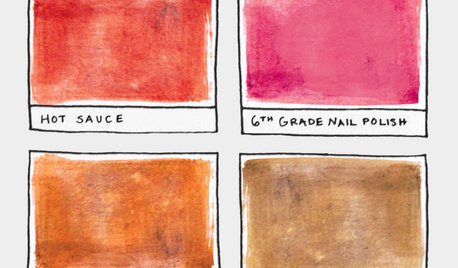
FUN HOUZZ16 Creative Paint Color Names We Haven't Seen — Yet
Someday, the namers of new paint colors will finally run out of ideas. We're here to help
Full Story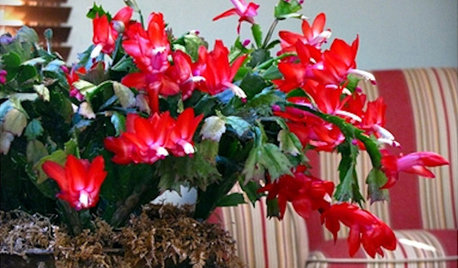
HOUSEPLANTSGreat Houseplant: Holiday-Blooming Cactus
You may know it as Christmas cactus, but whichever holiday floats your boat, this plant is a year-round beauty
Full Story
FLOWERS AND PLANTSUnusual Totem Pole Cactus Is a Standout in Southwest Gardens
This thornless cactus makes a statement in the ground or in a container in mild-winter climates
Full Story
GARDENING GUIDESMeet the Mighty Saguaro of the Desert Landscape
You’ve seen its form in films, on souvenirs and much more. Now get to know this iconic cactus of the Sonoran Desert
Full Story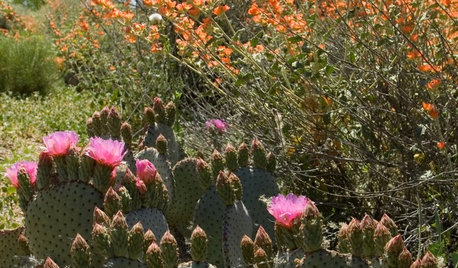
GARDENING GUIDESGreat Design Plant: Beavertail Prickly Pear Wows With Color
The dazzling magenta flowers of this cactus will snag your heart — just beware the bristles that can stick in your skin
Full Story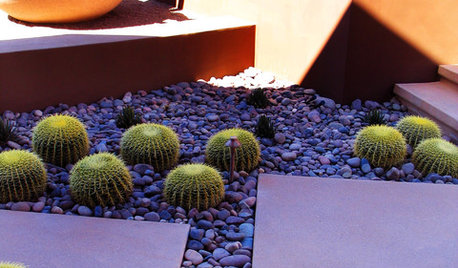
GARDENING GUIDESGreat Design Plant: Echinocactus Grusonii
The curved golden-yellow spines of golden barrel cactus add sunny color to the drought-tolerant garden
Full Story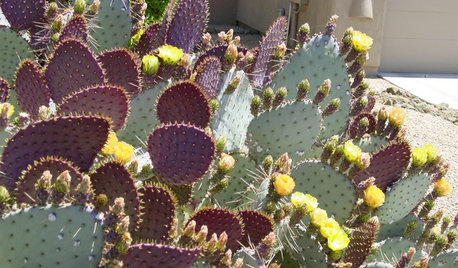
GARDENING GUIDESGreat Design Plant: Santa Rita Prickly Pear for Purple Appeal
Distinctive colored pads and yellow flowers make this cactus a favorite in Southwestern gardens
Full Story
EDIBLE GARDENSA Formerly Weedy Lot Now Brims With Edibles and Honeybees
Photographers transform their barren backyard into an oasis filled with fruit, vegetables, honey, eggs and more
Full Story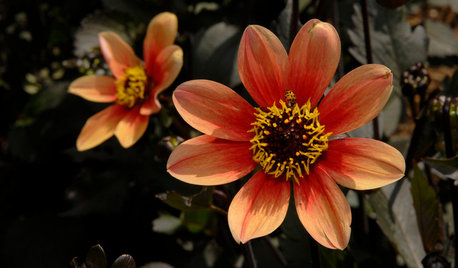
FLOWERSGreat Design Plant: Dahlias
Pick this flamboyant stunner for its amazing array of colors and faces, fast growth and sizes that can fill a pot or a whole garden
Full Story









Tiffany, purpleinopp Z8b Opp, AL
birdsnblooms
Related Professionals
Canton Landscape Architects & Landscape Designers · Reading Landscape Architects & Landscape Designers · Ashburn Landscape Architects & Landscape Designers · Graham Landscape Architects & Landscape Designers · Kyle Landscape Architects & Landscape Designers · Lakewood Landscape Architects & Landscape Designers · Summit Landscape Architects & Landscape Designers · Edmond Landscape Contractors · Bristol Landscape Contractors · Fishers Landscape Contractors · Gallatin Landscape Contractors · Mission Bend Landscape Contractors · Soddy Daisy Landscape Contractors · Camp Springs Landscape Contractors · Belle Glade Interior Designers & Decoratorsteengardener1888
DzitmoidoncOriginal Author
wiley1983
birdsnblooms
DzitmoidoncOriginal Author